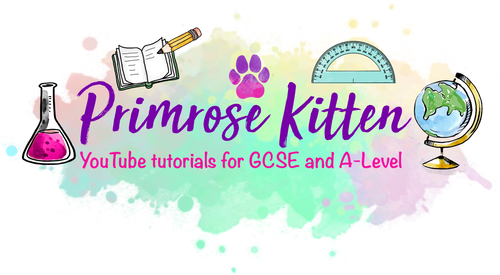Are you feeling unsure about how to support them effectively through this important milestone?
The Parents’ Guide to SATs is here to empower you with all the knowledge and strategies you need to help your child succeed.
This comprehensive and compassionate guide is specifically designed for parents of Year 6 students in the UK. With clear explanations, practical tips, and expert advice, it demystifies the SATs process and provides you with the tools to support your child academically and emotionally.
Inside this essential guide, you’ll discover:
🐾An overview of SATs: Their purpose, structure, and significance
🐾Key dates and timelines: What to expect and how to prepare
🐾The role of SATs in secondary school placement and future academic paths
🐾Detailed breakdowns of core subjects: Mathematics, English, and Science
🐾Effective study techniques and daily routines to enhance learning
🐾Creating a conducive study environment and balancing study with play
🐾Recognizing and managing stress and anxiety in your child
🐾Building confidence and a positive mindset for test-taking
🐾Utilising practice tests and mock exams effectively
🐾Collaborating with teachers and understanding school reports
🐾Last-minute preparation tips and final-day strategies
The Parents’ Guide to SATs is packed with actionable insights and real-life examples to help you become a proactive and supportive partner in your child’s education. Whether you’re navigating the intricacies of the curriculum, seeking ways to reduce test-day anxiety, or simply wanting to boost your child’s confidence, this book has you covered.
Prepare your child for success with this invaluable resource that turns SATs preparation into a manageable and even enjoyable process. Your involvement can make all the difference – let’s ensure your child feels confident and ready to achieve their best!

 Revision Dashboard
Revision Dashboard
 Affiliate program
Affiliate program





